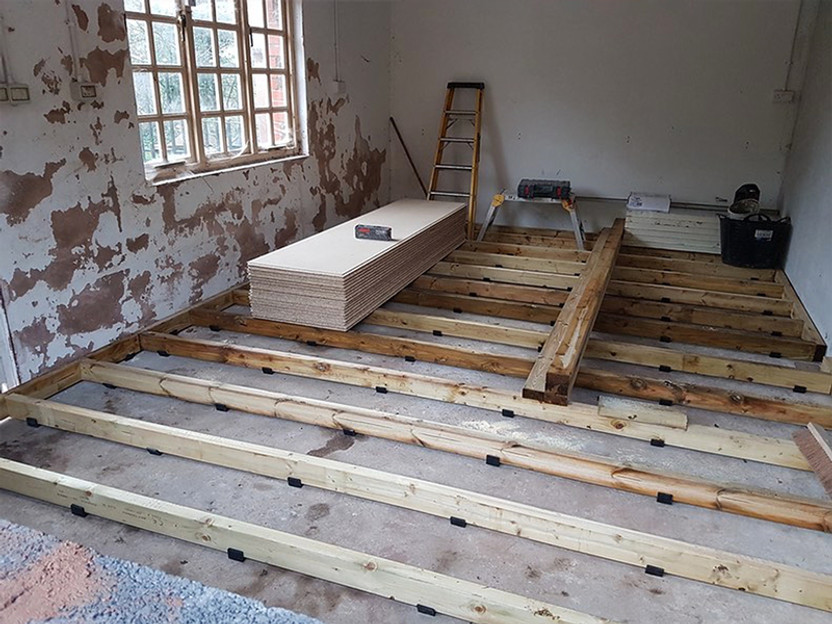What Does Soundproofing Really Mean?
Posted by Dave Pedigo on 28th May 2020

In the epic movie “The Princess Bride,” the pseudointellectual Vizzini frequently uses the word ‘inconceivable’ in varying contexts. Finally, the hired swordsman Inigo Montoya turns to him. “You keep using that word,” Montoya says. “I do not think it means what you think it means.”
This relatively obscure line from a 33-year-old movie remains firmly in my quotable movie line arsenal. I believe it is time to dust it off and apply it to the terms ‘soundproof’ and ‘soundproofing.’
There are two different but equally inaccurate misconceptions regarding soundproofing. The first (which is somewhat more accurate) is the concept of soundproofing a room in a house or building. According to dictionary.com, soundproof means “impervious to sound.” This is where the inaccuracy lies.
 Making a room or office impervious to sound is theoretically possible; in reality, it is, as Vizzini would say, inconceivable. The correct term to use is sound isolation. While it may sound semantic, it is quite challenging to eliminate all sounds, particularly low frequencies and sounds playing at a very high volume.
Making a room or office impervious to sound is theoretically possible; in reality, it is, as Vizzini would say, inconceivable. The correct term to use is sound isolation. While it may sound semantic, it is quite challenging to eliminate all sounds, particularly low frequencies and sounds playing at a very high volume.
Sound isolation means the room reduces the amount of sound that can enter or leave it. Sound isolation, if done very well, can make almost all sounds inaudible – emphasis on almost. In another article, I will breakdown the various sound isolation construction methods.
The second misconception about soundproofing (and this extends to sound isolation as well) is that soundproofing makes a room sound better. This is inaccurate (with a caveat). Let’s start with the caveat first. A sound isolated room will sound better because it has a lower noise floor, meaning fewer sounds are coming in from outside the room. Thus the room is very quiet, allowing for a wide dynamic range inside the room.
However, this is where the caveat ends. Making a room sound better is called sound treatment or acoustic treatment, and it is a very different approach than sound isolation. Sound treatment requires specialized products designed to minimize reflections and echoes created inside the room. There are three sound treatment product categories: absorption, diffusion, and bass traps. When designed and installed correctly, these products create a terrific sounding room.
When sound isolation and sound treatment are combined in a room, the possibilities of incredible sound are limitless. Sound isolation and sound treatment require knowledge, skill, and expertise to pull off accurately, however. We at Auralex Acoustics have specialized in manufacturing products enabling sound isolation and sound treatment for more than 30 years.
Amazing sound is not 'inconceivable!' If you need help or advice for your next project, we are here to help. We look forward to hearing from you.


